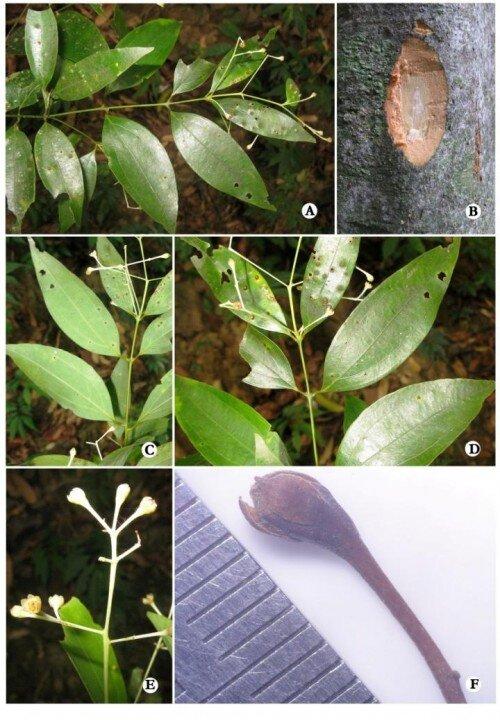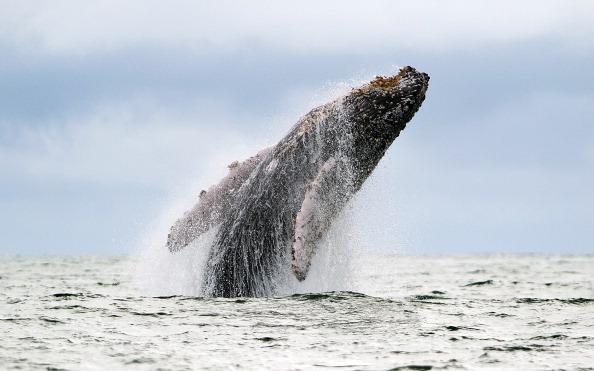Ousteri Lake, a wetland known for sometime as an important feeding and breeding ground of several bird species has been declared as a bird sanctuary by the Tamil Nadu government taking the number of protected areas in the Southern Indian state to 4 wildlife sanctuaries, 5 national parks, 15 bird sanctuaries, 4 tiger reserves and 4 elephant reserves.
Ousteri Lake, spread over 390-hectares spans across the Union Territory of Puducherry and the Villupuram district of Tamil Nadu state is an important wintering ground for migratory birds. The lake has been identified as one of the heritage sites by International Union for Conservation of Nature (IUCN) and is one of the most important wetlands of Asia. The lake has been declared as an important bird area by the BombayNatural History Society and as one of the 93 important wetlands by the Asian Wetland Bureau.
The lake draws more than 20,000 migratory birds of 40 rare species from all over the world every year and was declared as a sanctuary in December 2008. There were plans to develop the lake on the lines of the popular Vedanthangal water bird sanctuary in Tamil Nadu.
To do so, the Puducherry government planned several actions such as,
- Declaring the region as litter-free, plastic-free and no-horn zone
- Proposals for establishing a three-floor interpretation centre and installing two telescopes to enable bird-watching; building a small park and a walking path around the lake to encourage bird-watchers and ecologists.a
- Regulating and restricting all (private and public) vehicular movement around the lake to make the surroundings more conducive for birds.
- Putting up signboards displaying complete details of birds
- Planting more trees around the lake
However, since parts of the lake were in Tamil Nadu and those were not declared as a sanctuary, the efforts by the Puducherry government did not yield the desired results. Poaching was extensive and the number of visiting birds on the decline.
Ecologists and bird-watchers have welcomed the move and at the same time requested both the governments to work together to promote the lake.
In addition to residents like Little Cormorant and Common Coot, Cotton Teal, Spot-billed Pelican, Spoonbills, White Ibis; migratory species like the Eurasian Wigeon were recorded in large numbers.Various species of ducks, herons, cormorants, hawks, kites, darters, terns, kingfishers, lapwings, flycatchers are abundant too.
This article was originally written and published by Ramya Naresh, a contributing writer for indiasendangered.com. For the original article and more information, please click HERE.



